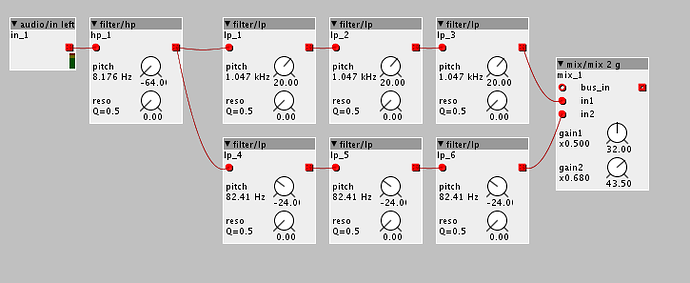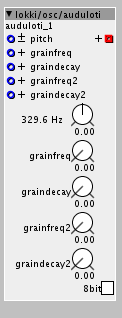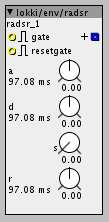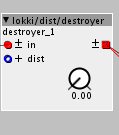I use the AMT SS11A Preamp on the clean channel, with the output set to mixer (sets it to line level and has some analog cab sim).
Afterall I think feeding directly to the wave in and then filtering the output sound gives the best sound but still E F and F# are problematic.
Thx for your suggestions though, would be really cool to have simple octaver in Axoloti!








